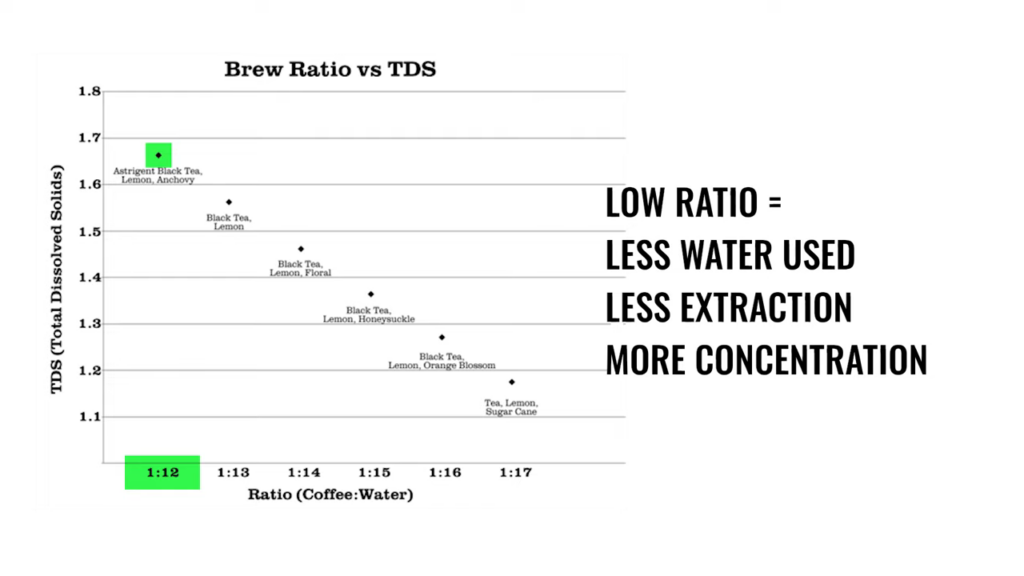You might have had this question when you got into coffee. What are the differences between dark roast coffee and light roast coffee? There are many differences so let’s just jump right into it.
Caffeine Content
The first thing that I want to talk about is caffeine content. Often times you hear that either light or dark roast coffee has more caffeine. However, this is not true. If you use the same bean and roast it as a light roast and a dark roast, there is an insignificant amount of caffeine that is lost. I go more into detail on that in this post.
Darker roast beans are more bitter.
When drinking coffee, many people associate the bitterness to a “strong” cup of coffee that is then linked to more caffeine. However, the bitterness from a coffee is actually mostly a byproduct of the roast level itself. It is said that 85% of a beans bitterness comes from its roast level and only 15% comes from its caffeine content. This might be one of the factors why some people believe dark roasts have more caffeine than light roasts.
Darker roasts are more brittle.
With the roasting process of a coffee bean, the coffee bean goes through a process where it cracks and expands. This process makes the coffee bean more brittle longer you roast it for. If you continue to roast it beyond any reasonable coffee purposes, there will come a point where it is so brittle that you can crush it with your fingers.
With dark roasts being more brittle, I recommend in the video to grind it finer but I think that only is the case if you have a subpar grinder. If you have a high quality burr grinder, you can grind it slightly coarses. The reason why I would grind darker roasts finer with a subpar grinder is because in my experience they are often very inconsistent, which would lead to a massive distribution of grind sizes with darker roasts.
Measuring differences with a scoop vs scale.
Another byproduct of brittle beans is that it loses some of its weight as you roast a bean longer. It is said that “light roasts…will likely lose only about 10% of their green weight, but roasts taken well past the second crack may lose as much as 25%”. So when you measure your coffee beans with a scoop, you actually end up getting more “bean” weight if it is a light roast. This might be one of the factors why some people believe light roasts have more caffeine than dark roasts.

If you measure your beans with a scale then you will get more individual beans when brewing with a dark roast. This is because lets say 20g of light roast beans might be 100 beans but 20g of dark roast beans might be 105 beans due to the weight difference that is lost with a longer roasting duration. This might be one of the factors why some people believe dark roasts have more caffeine than light roasts.
Flavor differences
With dark roasts, you are often times getting the flavor notes of the roast level itself. This would me more ashy, smoky, “bold”, chocolate and nutty. The thing is that these flavors are often uniform with every dark roast bean because they are inherited from the roast level and not the bean itself.

With light roasts, you are often times getting the flavor notes of the beans. Since coffee beans are technically a seed from a cherry, that cherry will imbue the seed with flavors. These flavors are what you extract with lighter roast coffee. This is why you can sometimes experience flavors that are floral and fruity with lots of acidity from lighter roasts.


Leave a Reply